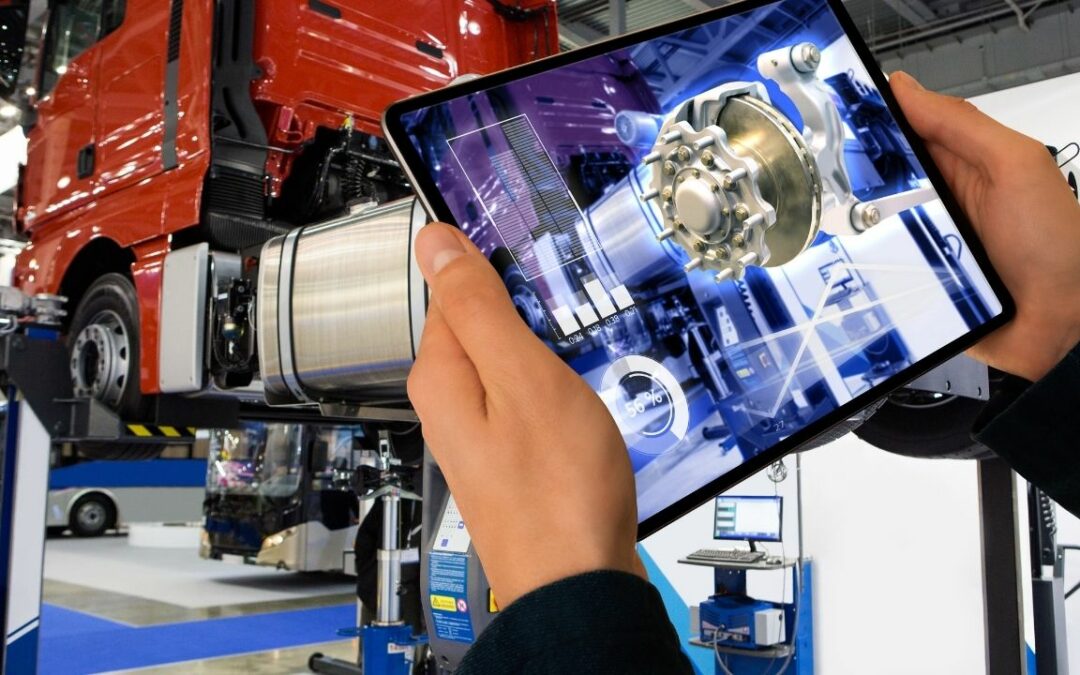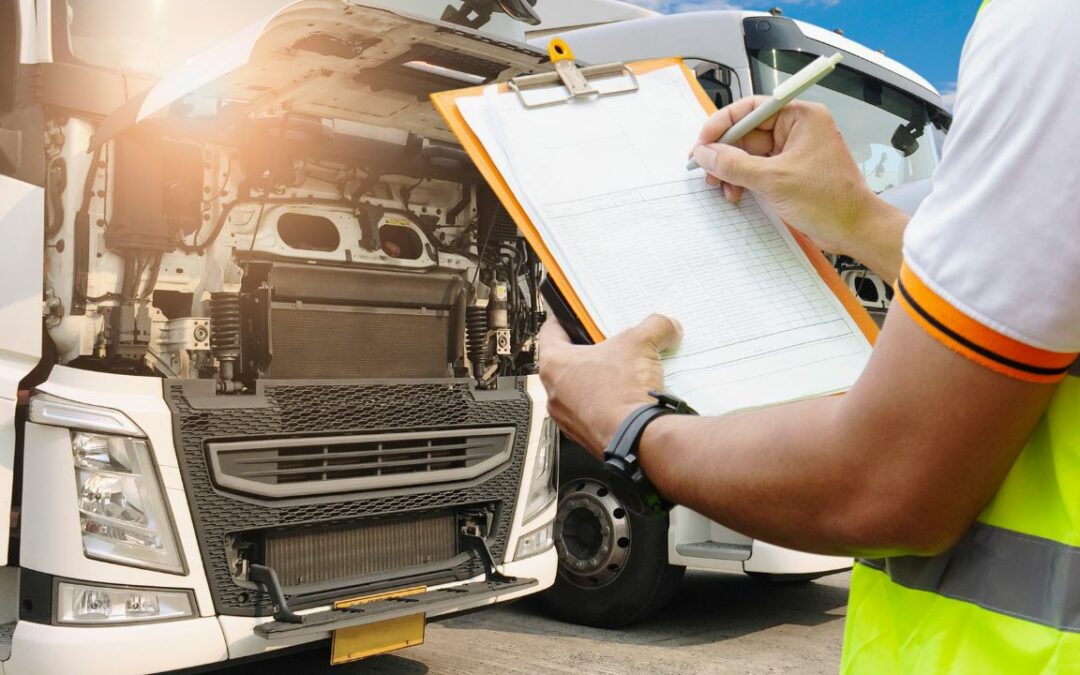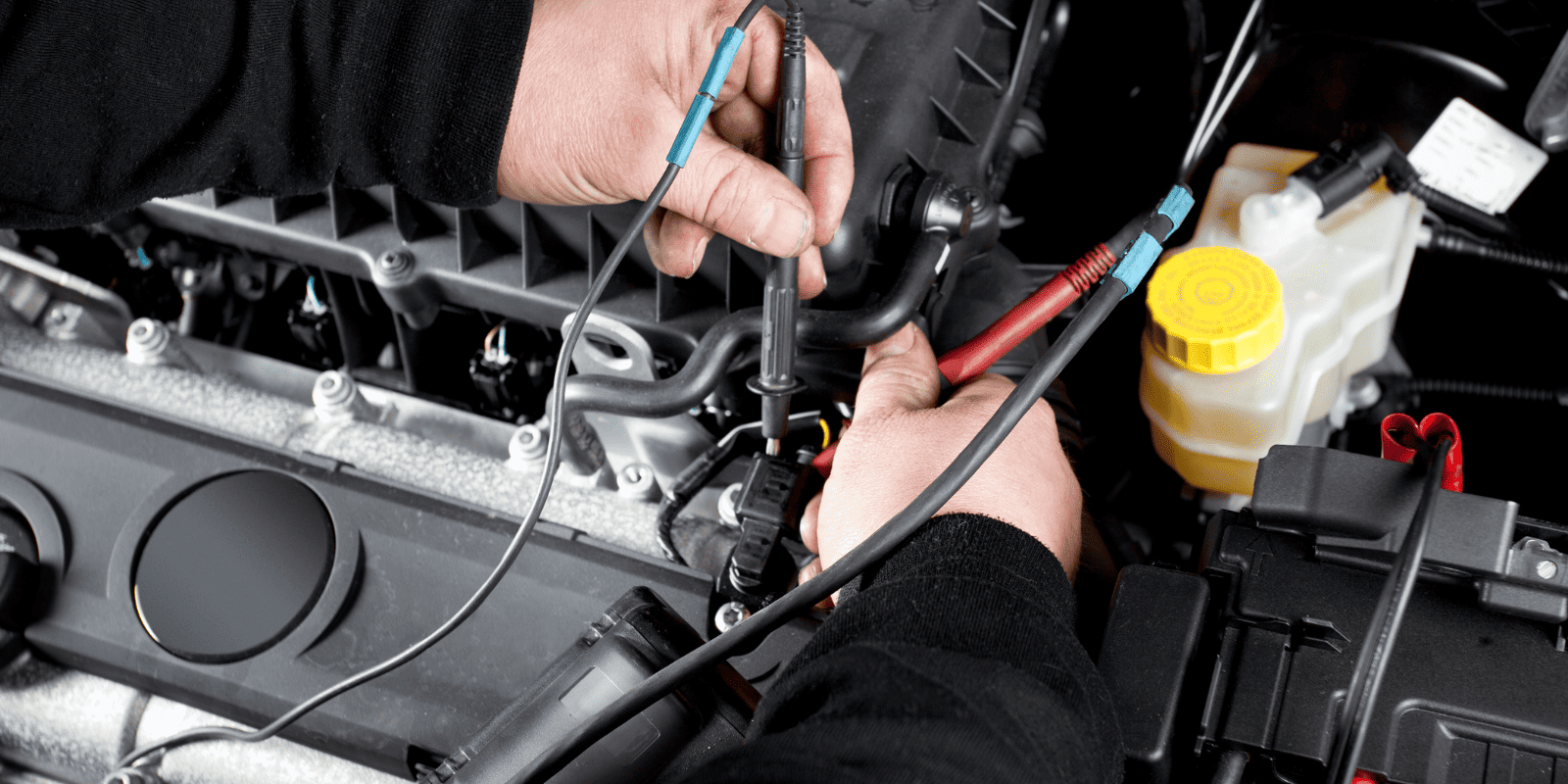There’s a lot that goes into making a truck and trailer run smoot and safely. These trucks are built to run long distance trips across states that can be quite taxing for the machine. That is why it’s important to always run pre and post trip checks on your trucks to make sure your fleet is in top shape. These checks can save you so much in time and resources by spotting faulty parts early and ensuring the safety of the drivers and the cargo that’s being hauled. You’ll also be complying with law as fleet vehicles are considered workplaces under the Health and Safety at Work Act.
In this blog, we’ll give you some long distance trip tips and a checklist of what you need to look out for before dispatching your fleet.
1. Keep Your Truck Well Maintained
The first long distance trucking tip, which every truck owner or operator should know, is that you should be keeping your truck constantly well maintained. While this doesn’t necessarily mean that you have to keep everything meticulously perfect, you should at least be sending your trucks in for maintenance at regular intervals and keeping an eye on the parts that may need replacement. A quick internet search can you bring you closer to companies that provide truck maintenance in Dallas, Texas. You can get in touch with companies like WTX Truck Repair, LLC for all your maintenance needs. Regular truck maintenance will make sure all the parts deep inside are kept in good condition including the engine, exhaust, suspension, and steering. This maintenance and checks are invaluable because the last thing you want is a truck being found unusable right before its scheduled trip.
Remember, aside from keeping the trucks in running condition, you also need to keep it up to DOT standards. The same folks that maintain your truck can also prep it for annual DOT inspections.
2. Check Your BLOWBAG
The next of the long distance trip tips is an acronym that many car owners should be familiar with: BLOWBAG. This useful acronym stands for seven things to check before embarking on your trip:
Battery
Not only should the battery be fully charged, but you should also check the cables, terminals, and mountings to prevent sudden vehicle failures.
Lights
Oil & Water
O & W stand for oil & water, but you should take this time to check on all the fluids of the truck to maintain optimal performance. This includes radiator coolant/antifreeze, brake fluid, washer fluid, transmission fluid/gear oil, and power steering fluid.
Brakes
Air
Gas
Trucks are also subject to certain emission standards, so it can be beneficial to run SCR/EGR/DPF diagnostics before dispatching your fleet. Checking air and oil filters will also help maintain proper emission levels and fuel efficiency.
Check The Interior And Controls
The last of the long distance trucking tips is to check the interior of the truck cab and the different electronic controls for the truck and trailer. The cab is where driver spends almost all of their time while operating the truck. It’s important that it’s comfortable enough for the long haul, with a working A/C and heater. Most importantly, controls for the tractor-trailer should be checked to guarantee proper function throughout the trip. The windshield and wipers should be checked for normal function to maintain road visibility. The steering wheel should be functioning, secure, and have a normal wheel lash range. Driver controls must be in working order including indicators, gauges, clutch, and accelerator.





